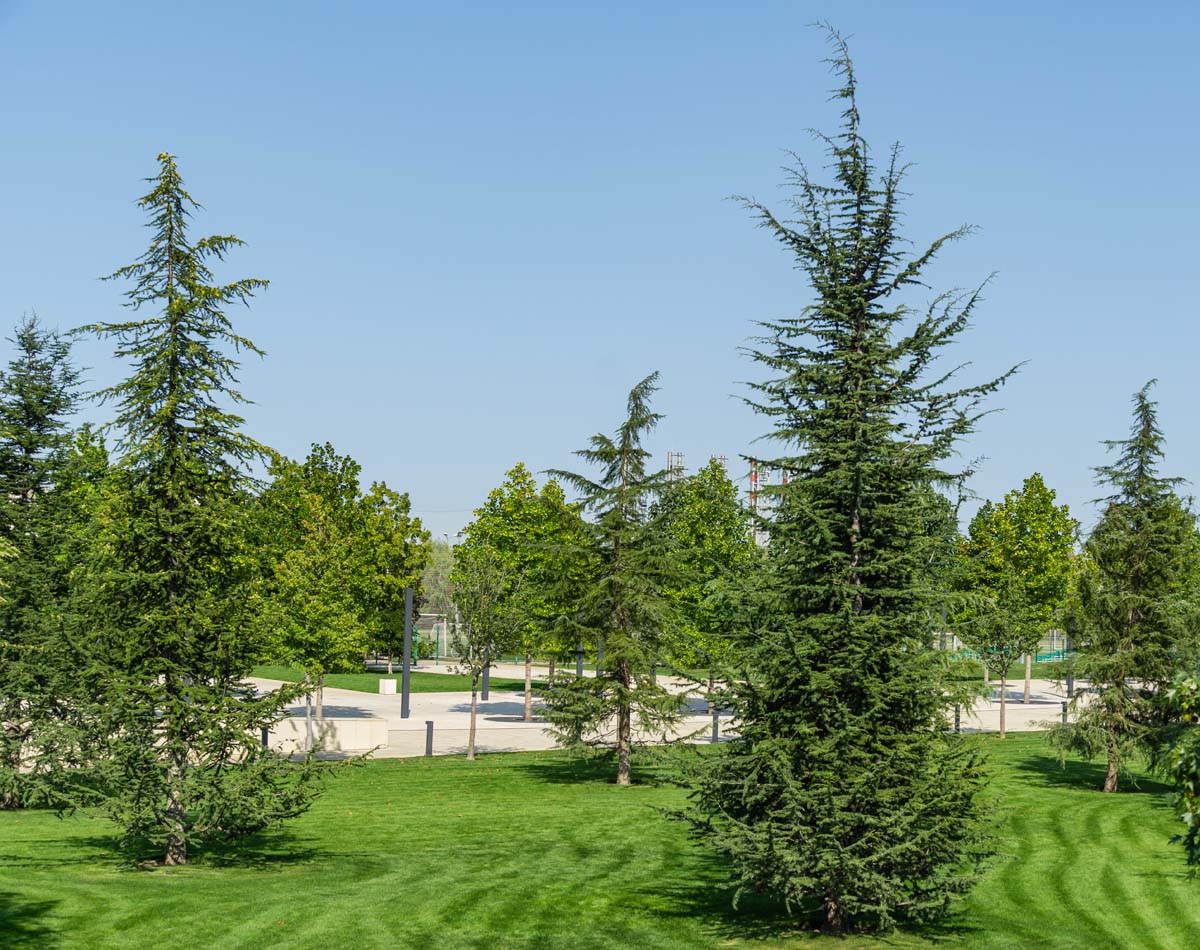Description
Cedrus – Cedar – True Cedar –
There about 4 species of vigorous, long lived, 4 monoecious, evergreen, coniferous trees, in this genus. They occur in the Western Himalayas, Northwestern Africa, and the Mediterranean. The needle like foliage is arranged in cluster on short shoots, arranged spirally in neat rosettes, produced yearly. Cones are produced terminally on short shoots. The male cones, borne in autumn are erect, cylindrical, light brown, and to 3″ long. The female cones are erect, ovoid to oblong, cylindrical or barrel shaped, green then brown, and to 5″ long, they ripen slowly over 2 years, then break up to release the seeds, in spring. With their large, spreading branches they are majestic specimen trees, but need ample space if they are to achieve their full potential.
Grow in a sunny, open site, in any well drained soil. If double leaders are produced, the weaker shoot should be cut out in autumn.
Prone to pinewood nematode, root rot, needle blights, stem canker, diback, scale insects, pine sawfly, mealybugs, caterpillars, boron toxicity, yellowing of needles, and bronzing of needles.
C. atlantica f. fastigiata – C. libani subsp. atlantica – Atlas Cedar Atlantic Cedar – This conifer, upright tree, grows in cultivation 80′ feet tall is more likely. It has fissured, silvery gray bark. It produces sharply pointed, roughly 4 sided, bluish green leaves, to 1″ long, in whorls of 30-45. Female cones, 2 ½-4″ long, are barrel shaped and green becoming pale brown.
Zones 6-9




